Imagine having a garden that’s not just a fleeting spectacle of spring, but a long-lasting summer dream.
A riot of colors dancing under the warm sun, blooming, vibrant and alive, not for a week or two, but all summer long.
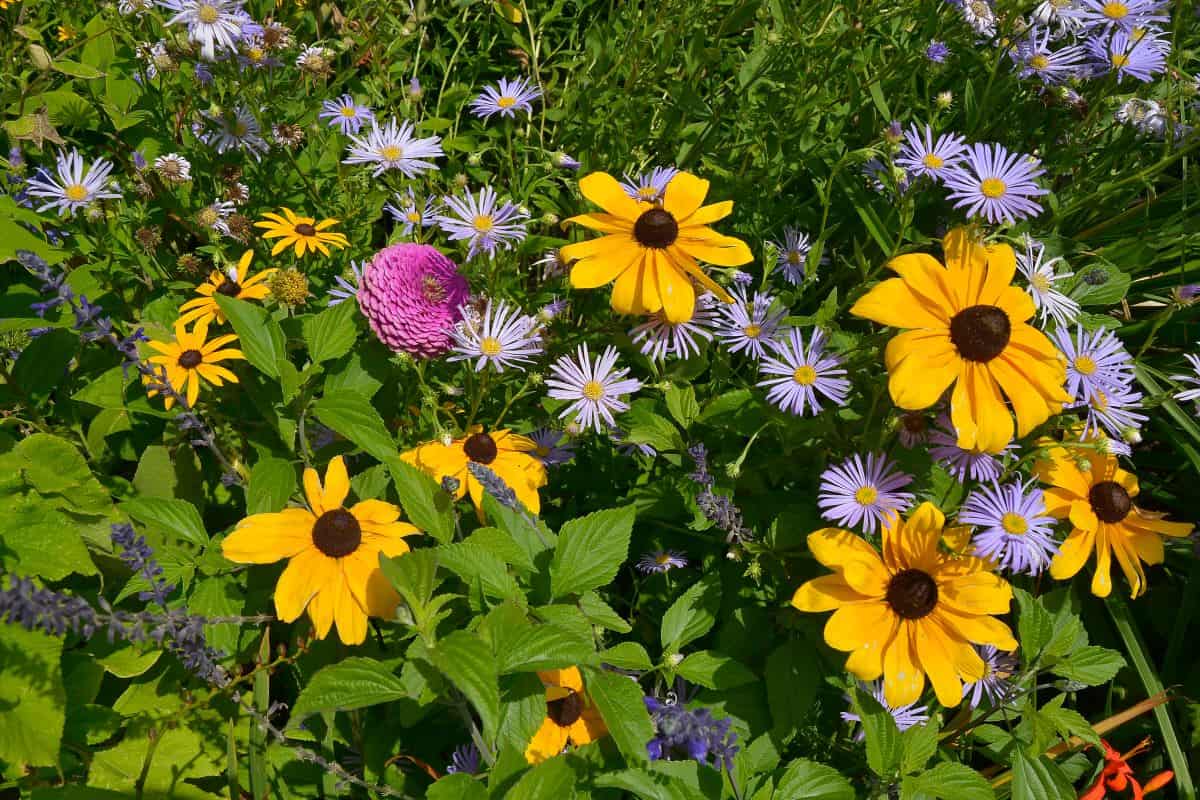
Sounds impossible? Well, we're here to tell you it's not!
Say hello to our handpicked list of 10 Zone 4 Perennials That Bloom All Summer.
These are not just any flowers. These are hardy warriors that brave the challenges of Zone 4, those frosty winters, and yet, come summer, they’re ready to put on a show, season after season.
So, whether you're an experienced gardener looking to extend your garden's bloom time, or a novice looking for plants that offer more bang for your buck, you're in for a delightful surprise.
Put on your sun hat, grab your garden gloves, and prepare to immerse yourself in the world of perennial magic that'll transform your garden into a paradise that keeps on giving.
Let's keep the summer spirit alive, shall we?
What does planting in Zone 4 mean?
USDA Hardiness Zone 4 covers some of the coldest areas in the United States. Plants in this zone need to withstand average winter temperatures between -20 and -30 degrees Fahrenheit.
For those who live in this zone, you'll have a shorter growing season. Plus, you will need to have hardy plants to survive long periods of cold.
Fortunately, these difficult growing conditions won't prevent you from having a garden filled with beautiful blooms in the summer.
We've compiled some of the hardiest perennials that will flower through the warmest months.
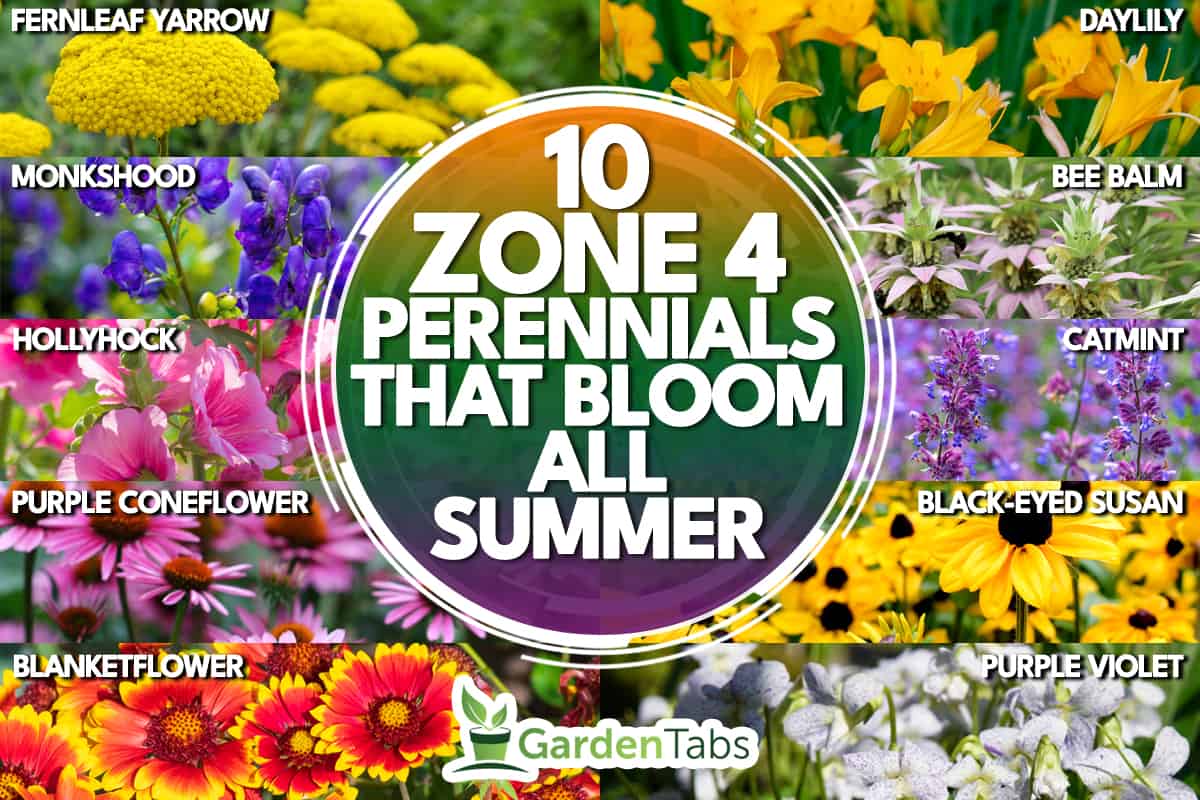
1. Fernleaf Yarrow (Achillea filipendulina)
The fern-leaf yarrow is an easy-to-grow perennial that reaches up to 4 feet tall and 3 feet wide.
You will need to deadhead flowers to encourage blooms, and do this to the lateral buds. Then, once flowering is over, prune back to the basal leaves.
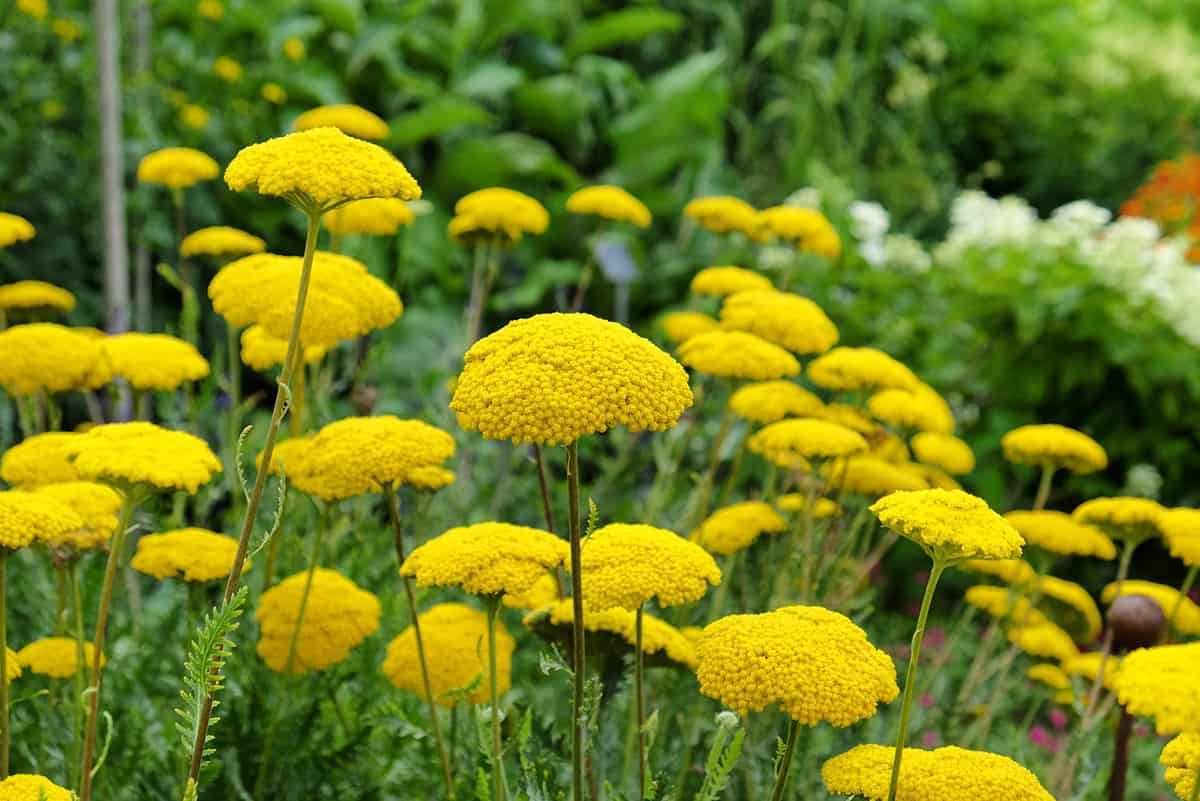
Not only will this keep the plant healthy, but it may also encourage additional blooms.
Overall, these flowers are very long-lasting. Once cut, live fern-leaf yarrow blooms can last up to 3 weeks. What's more, the dried blooms can last for years.
These plants do well along patios, walkways, and slopes. Fern-leaf yarrow makes an excellent choice for accents and borders in butterfly or pollinator gardens.
This plant will tolerate poor soils as long as it is well-drained. However, your plant will do best in locations with full sun and loamy soil.
2. Monkshood (Aconitum)
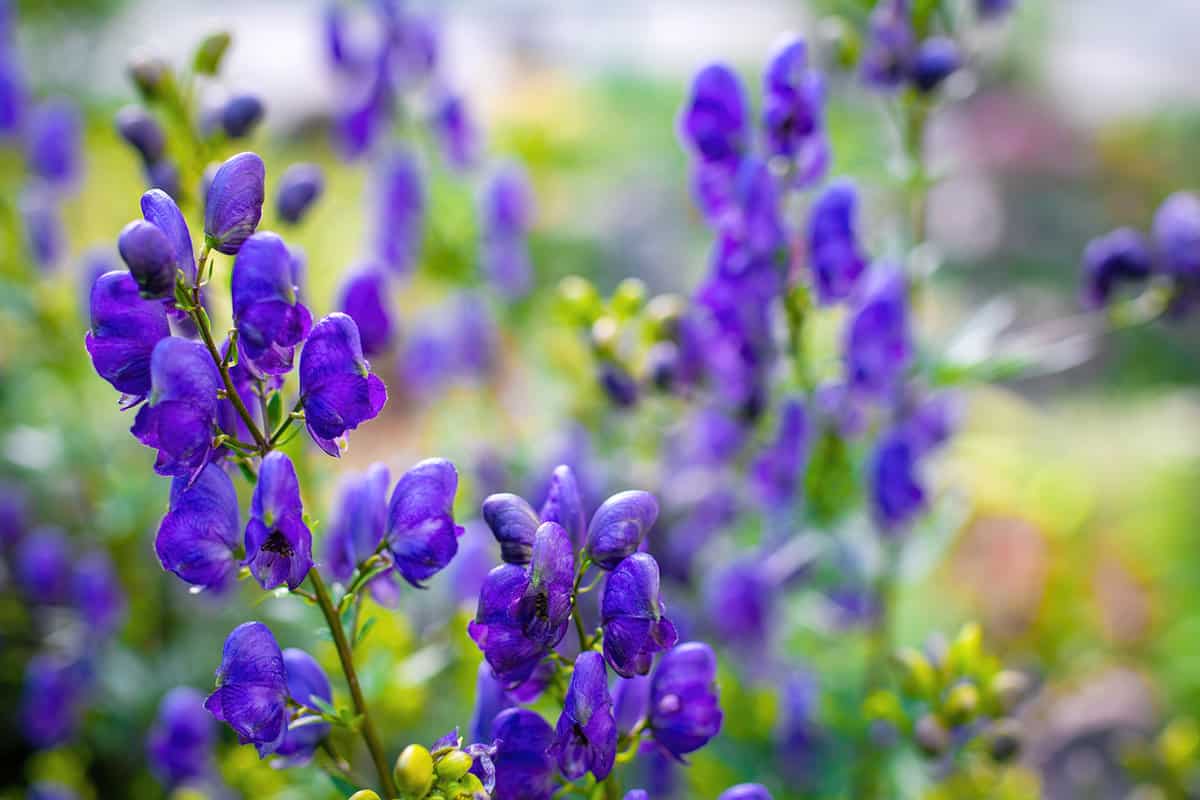
Monkshood or wolfsbane is a large genus of poisonous perennials. The colors of the flowers can range from blue, purple, and white depending on the cultivar and species of plant you have.
For instance, Aconitum 'Eleonara' has white flowers with blue edges. Monkshood begins blooming in June. After this, you can cut the plants back to get an additional bloom.
These wildflowers work best as accents, borders, or in mass plantings. Remember to handle with care. All parts of the monkshood plant is poisonous if ingested. You should be careful if you have any pets or children.
3. Hollyhock (Alcea rosea)
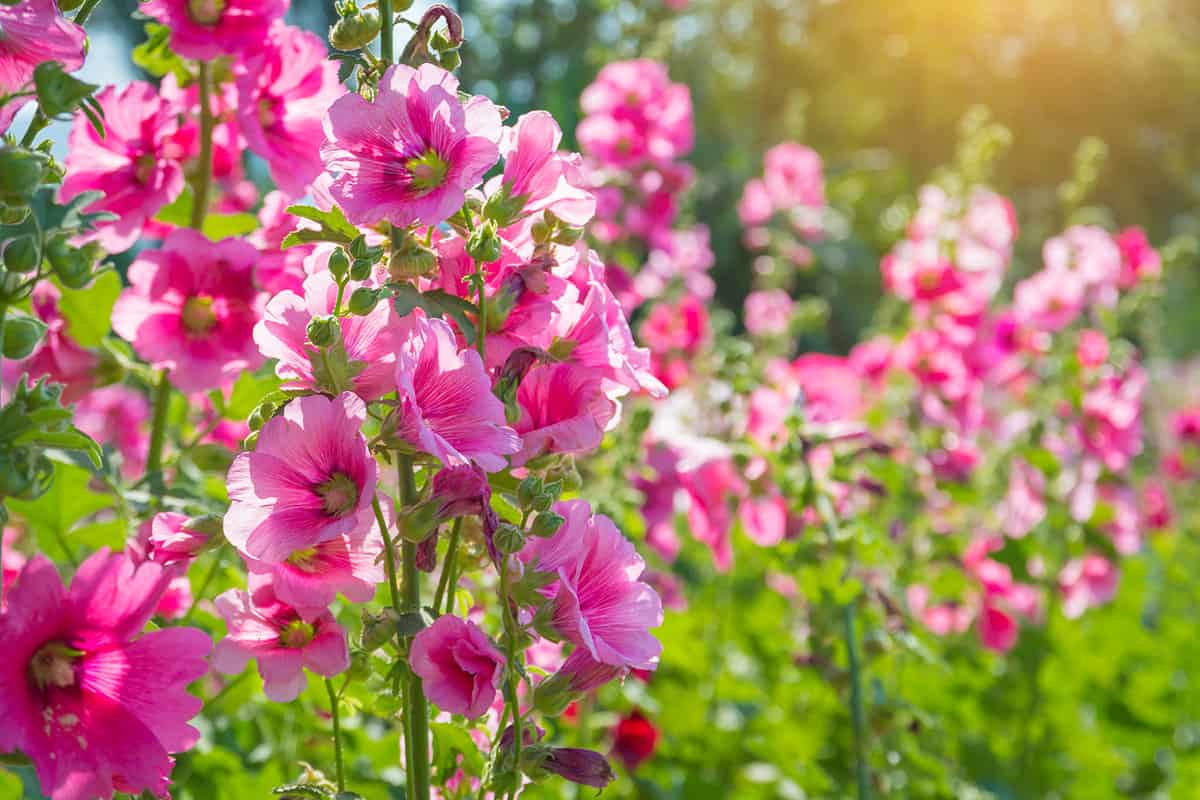
Hollyhocks are either biennials or short-lived perennials. Despite their short lifespan, they self-seed and can last for years because of this. Hollyhocks have showy, funnel-shaped flowers.
They begin flowering mid-summer and are on view for up to 2 months. You can find hollyhocks in white, pink, red, orange, purple, and yellow hues.
These plants are great for container planting or as border plants. The flowers are good for attracting butterflies, bees, and hummingbirds. Hollyhock is also resistant to damage from rabbits and black walnut.
Take a look at "Gladiolus Vs Hollyhock: Which To Choose?" to get a comparison of two popular plants.
4. Purple Coneflower (Echinacea purpurea)
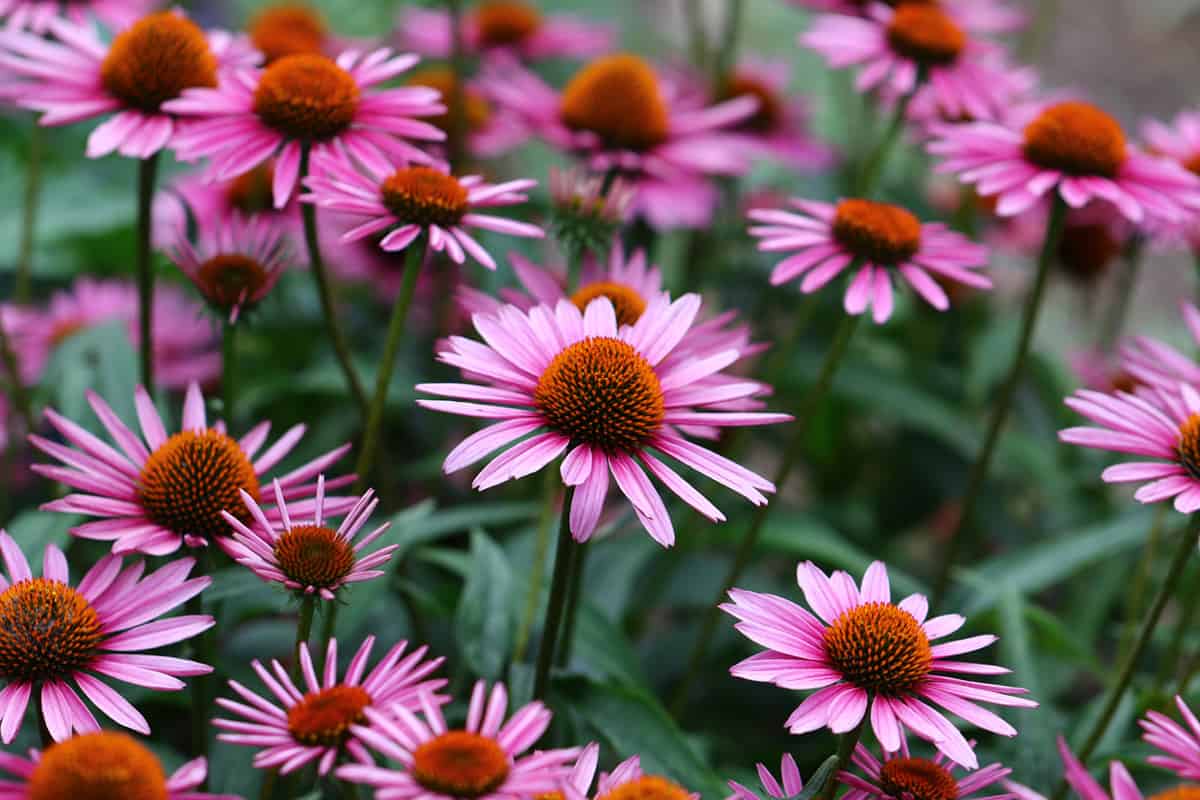
The purple coneflower is a long-blooming herbaceous perennial that measues around 4 feet tall. While you can get purple flowers, this coneflower also has several cultivars with other colors.
You can find blooms in brown, yellow, orange, pink, red, and white. Purple Coneflowers will rebloom with no need for deadheading. They will also freely self-seed as long as there are seed heads in the garden.
These plants are easy to grow and will adapt to various soil textures. However, they prefer moist loam soil. Purple Coneflowers are ideal for border and mass plantings.
The flowers are attractive to bees and other pollinators. The seeds are also good for songbirds. What's more, purple coneflowers are resistant to several challenges, such as deer, drought, and salt.
Check out this live plant on Amazon!
5. Blanketflower (Gaillardia aristata)
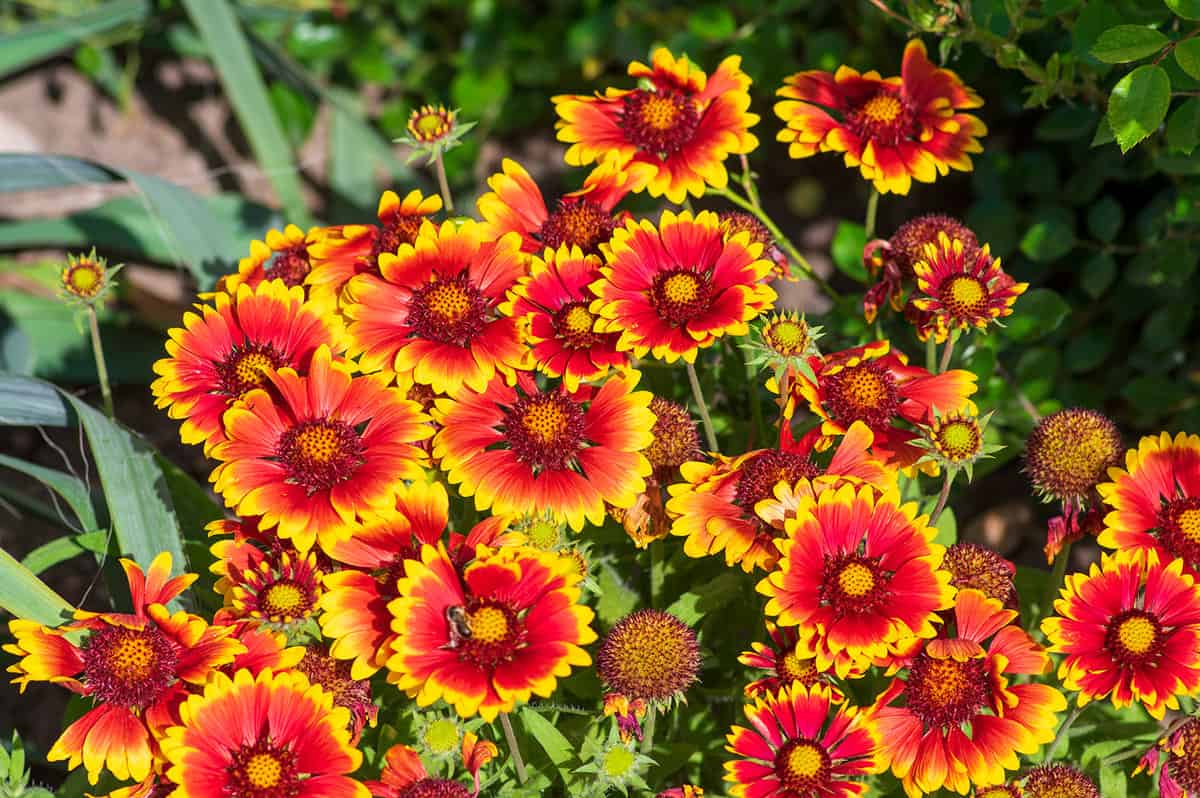
Also known as the Brown-Eyed Susan, the blanketflower can grow up to 3 feet high. The daisy-like flowers can grow up to 4 inches and come in brown, yellow, orange, and red hues. The blooms are colorful and great for attracting pollinators such as bees and butterflies.
Blanketflowers are great choices for accents, borders, and mass plantings. These plants are resistant to poor soil, heat, and drought. However, you can get contact dermatitis from touching it. So, it's best to handle the Black-Eyed Susan with care.
Take a look at these seeds on Amazon!
6. Daylily (Hemerocallis hybrida)
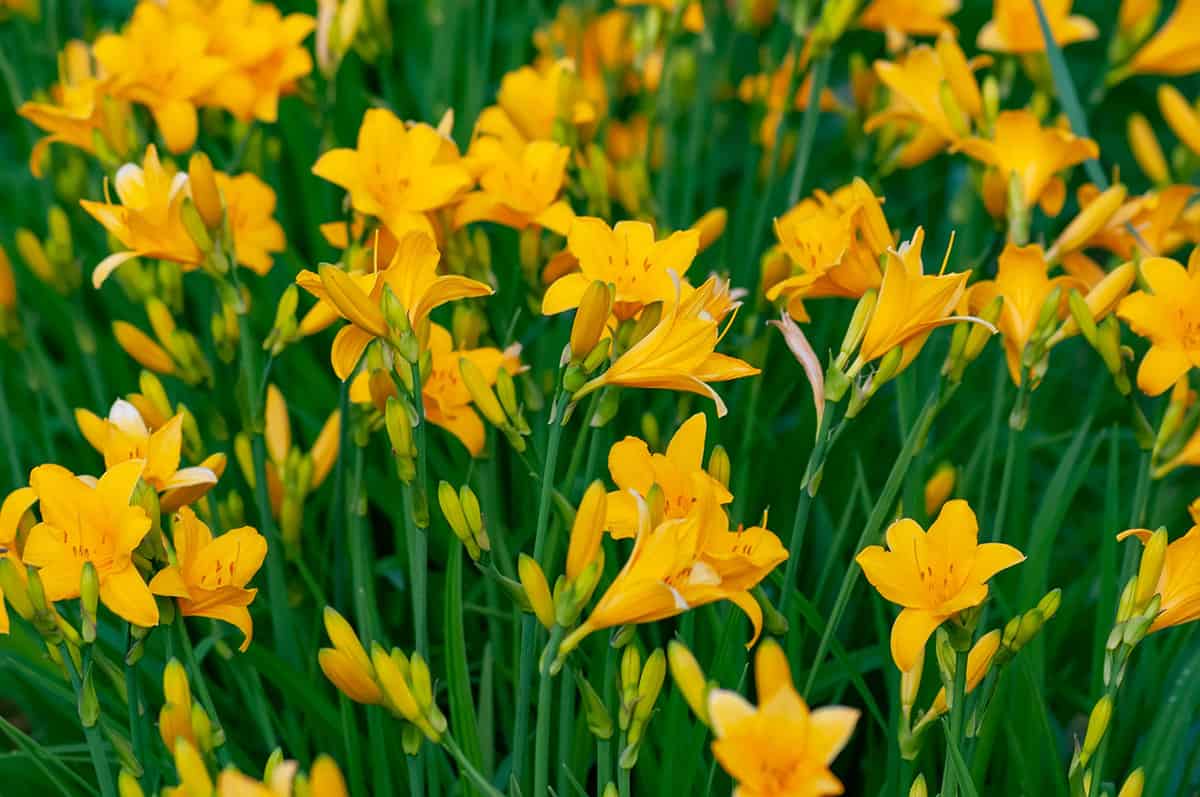
Daylilies are rapid-growing perennials that have showy star or trumpet-shaped flowers. You can find them in shades of yellow, orange, pink, purple, red, and white. There are variegated cultivars as well.
Daylily flowers only last for one day. They will bloom in the early morning and die back in the evening. Despite this, daylilies still have a long bloom season. Another flower will replace the spent flower by the next day.
These plants grow rapidly and have a spreading and clumping form. Daylilies are perfect choices for a ground cover. Some other uses for daylilies are as a border plant, to define walkways, and along slopes.
These florae are resistant to urban conditions and poor soil. However, they can cause problems for cats.
Check out these seeds on Amazon!
7. Bee Balm (Monarda punctata)

Bee balms are herbaceous perennials that can reach a height of 4 feet. The yellow, cream, green, pink, and purple fragrant flowers are visible beginning in June.
You can deadhead flowers to encourage additional blooms. It's possible to see blooms as late as September.
These plants are great in containers. However, Bee Balm is also great for defining borders and mass plantings.
The flowers are good for attracting butterflies, moths, and hummingbirds. The seeds are also a source of food for songbirds.
8. Catmint (Nepeta cataria)
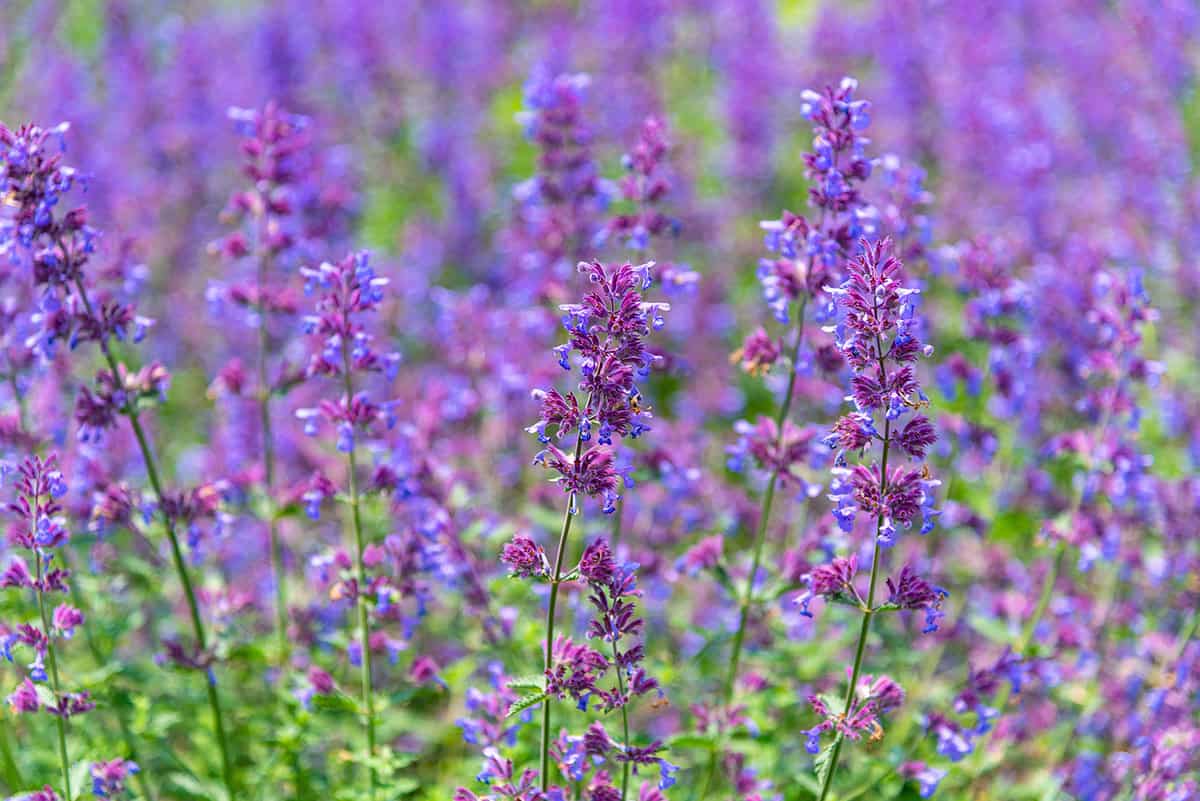
Catmint or catnip is a perennial herb with a strong scent, which attracts many cats. This plant has a long blooming season. You can typically see flowers from May through September.
The purple and white blooms are a favorite source of nectar for long-tongued bees. To encourage more growth, shear the flower spikes after the initial blooming period.
These plants grow rapidly and require little maintenance. Catmint will adapt to many soil textures as long as it has good drainage.
Despite being attractive to cats, catmint can cause vomiting and diarrhea in them. It can also become weedy if not planted in a container.
Take a look at these seeds on Amazon!
9. Black-Eyed Susan (Rudbeckia hirta)

The Black-Eyed Susan is yet another example of a short-lived perennial that can remain in the garden for years.
These rapid growers produce flowers that are yellow, orange, and red.
You can first see blooms between May and July. Extending the blooming season into September is possible when you deadhead old flowers.
You should plant Black-Eyed Susans in locations that receive full sun to partial shade in the afternoon. Aside from that, these plants are relatively low-maintenance.
They are tolerant of drought, deer damage, and salt. Black-Eyed Susans are good for defining borders and as foundation plants.
Check out these seeds on Amazon!
10. Purple Violet (Viola sororia)

The purple violet, also known as the common blue violet, is a stemless perennial that can self-seed to the point of being invasive. However, mowing is an effective way to limit any spread.
Planting in containers can also help prevent spreading. You can find small blue, pink, purple, or white flowers from April until August. The flower's nectars are great for attracting butterflies and bees.
These plants tend to grow up to 10 inches tall and wide. So, they are great as a ground cover. Purple violets are also good as an accent and border plant.
This herb is adaptable to light conditions ranging from deep shade to full sun. They are also resistant to wet soil, deer, and black walnut. So, this is an excellent choice for someone needing an easy-to-grow plant.
In Conclusion
Finding plants that are hardy to zone 4's winter months can be difficult. Despite the potentially challenging growing temperatures, several unique plants can give you beautiful flowers all summer.
Before selecting a plant, consider where you want to put it in your garden. Then, be sure you can provide the soil and light conditions it will need to grow.
Take a look at the posts below for more garden advice!






The list of Zone 4 perennials was interesting but I would have appreciated it if you had also provided the lighting needs for each of them. I have large shady planting areas as well as some with limited sun exposure and some with full sun. It’s just something that most people would like to have included in the information. I’m assuming that all of these would be suitable for zone 6 also?